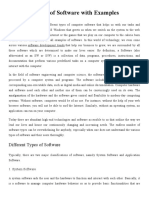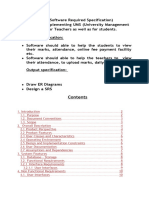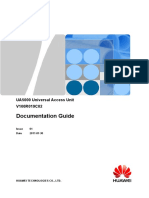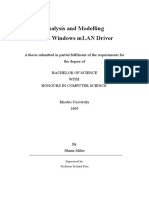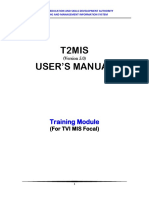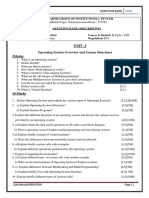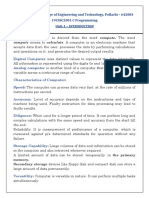0% found this document useful (0 votes)
19 views10 pagesLesson 3 Software and Operating Systems
This document provides an overview of software and operating systems, detailing the definitions, types, and examples of software in everyday technology. It explains the critical role of operating systems in managing hardware and facilitating user interaction, while also discussing the factors to consider when choosing an OS. Additionally, it outlines the software development process, including key phases and the importance of programming languages and development tools.
Uploaded by
Vu Ngoc HuyCopyright
© © All Rights Reserved
We take content rights seriously. If you suspect this is your content, claim it here.
Available Formats
Download as PDF, TXT or read online on Scribd
0% found this document useful (0 votes)
19 views10 pagesLesson 3 Software and Operating Systems
This document provides an overview of software and operating systems, detailing the definitions, types, and examples of software in everyday technology. It explains the critical role of operating systems in managing hardware and facilitating user interaction, while also discussing the factors to consider when choosing an OS. Additionally, it outlines the software development process, including key phases and the importance of programming languages and development tools.
Uploaded by
Vu Ngoc HuyCopyright
© © All Rights Reserved
We take content rights seriously. If you suspect this is your content, claim it here.
Available Formats
Download as PDF, TXT or read online on Scribd
/ 10























































